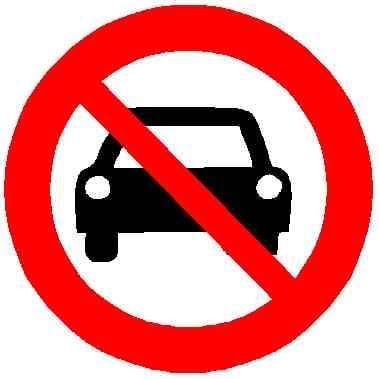A recent study of mode share (the % share of transportation trips by car, transit, walking, biking etc) relative to city size and income levels in almost 800 cities in 61 countries.
Data corresponding to 794 cities, with a combined population of almost 850 million people, is used to model the vast heterogeneities in the way people move in cities.
Some urban areas rely heavily on cars, with less than 10% of their journeys on alternative modes of transport (either walking, cycling or Public Transport), whilst in other cities, less than one in four journeys are by car. Among the 794 cities, 22.4% of the journeys are Active mobility, 26.2% are Public Transport, and 51.4% are by Car.
https://www.sciencedirect.com/science/article/pii/S0160412024001272


Two more images from source (tap for spoiler)
Only 4% in Utrecht using public transit? Seems farfetched. Probably that is referring rather to those who only ever use public transit. Most use both bicycle and public transit.
It’s not ‘% of people’ but ‘% of journeys’, so according to the data 1 in 25 journeys is with public transport. Still feels off to me, but could be they’ve tried to avarage the data according to the population and if it would for example include teens and elderly it would make a lot more sense already. I’m also not sure if they allowed for journeys with multiple modes of transport, if you for example cycle to the trainstation take a train and then walk to your destination will it count for 3 journeys (which would lower the % of journeys by car) or would it count as one (with public transport being left out of the count, artificially raising the % of journeys by active transportation)